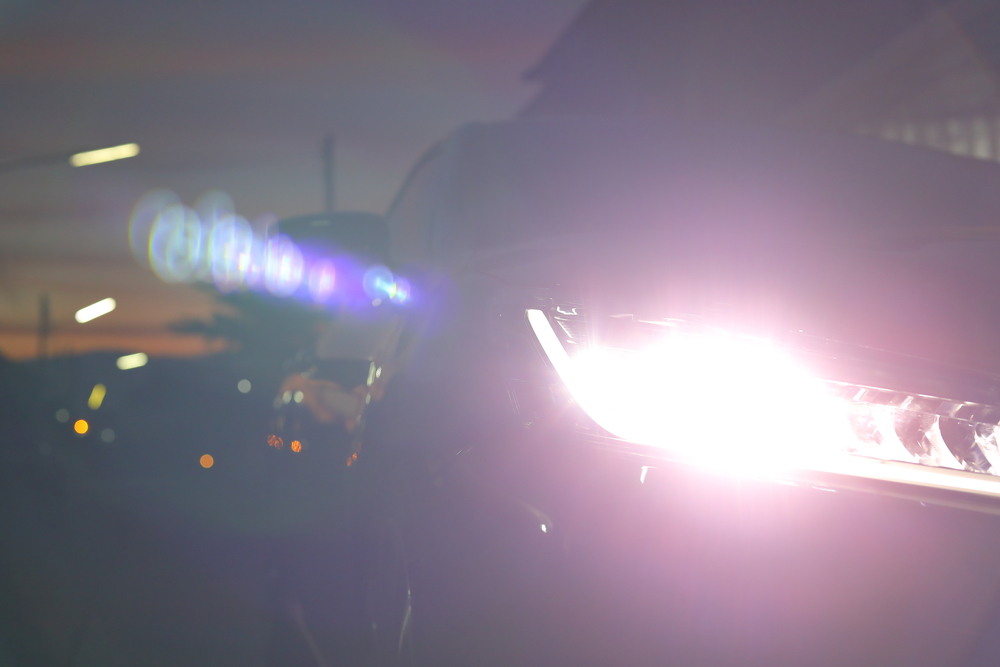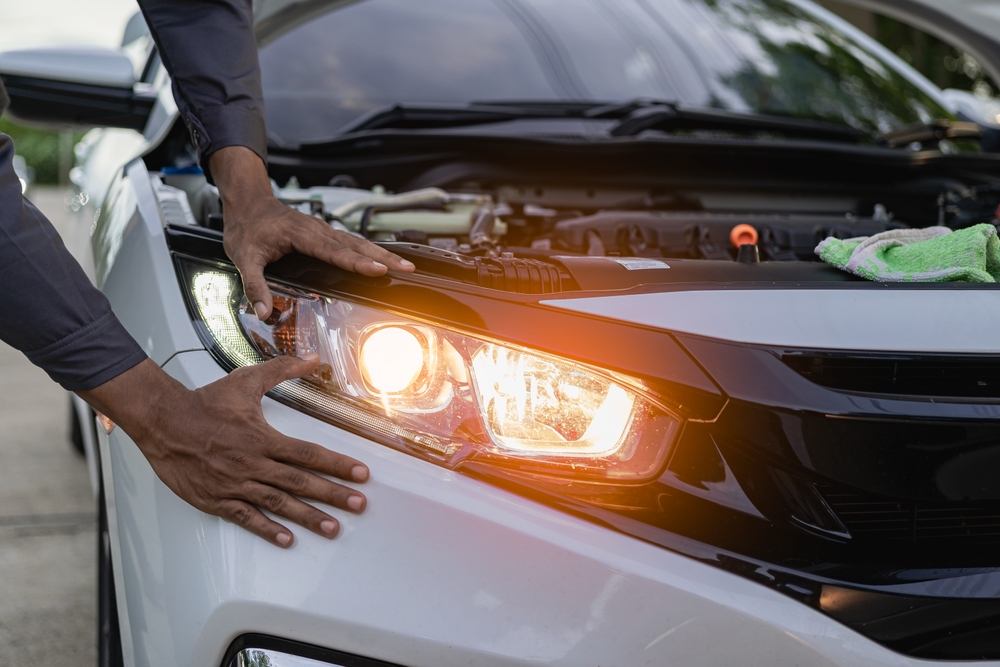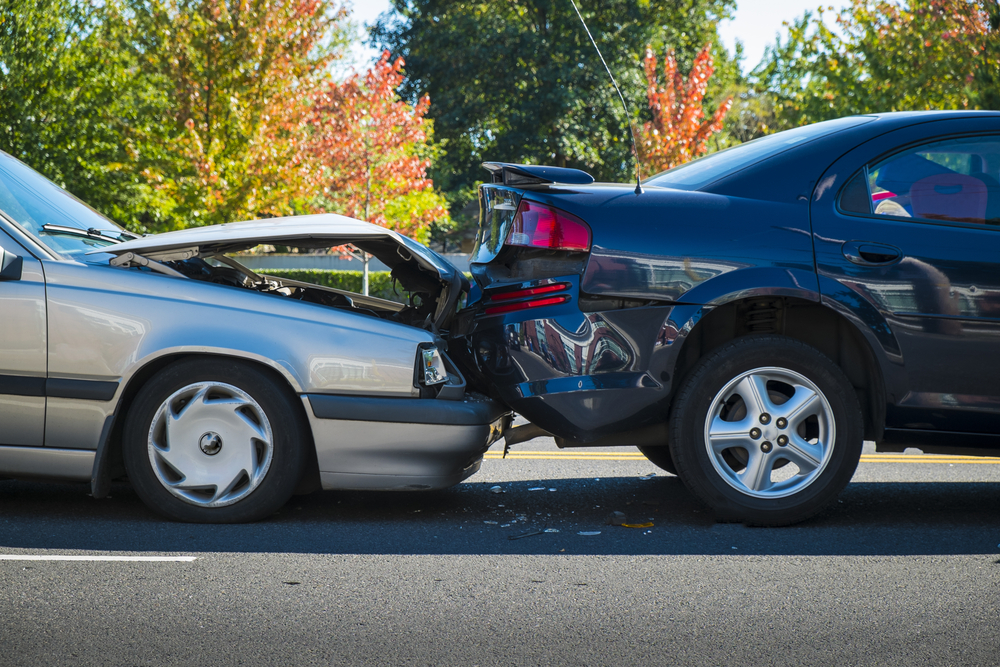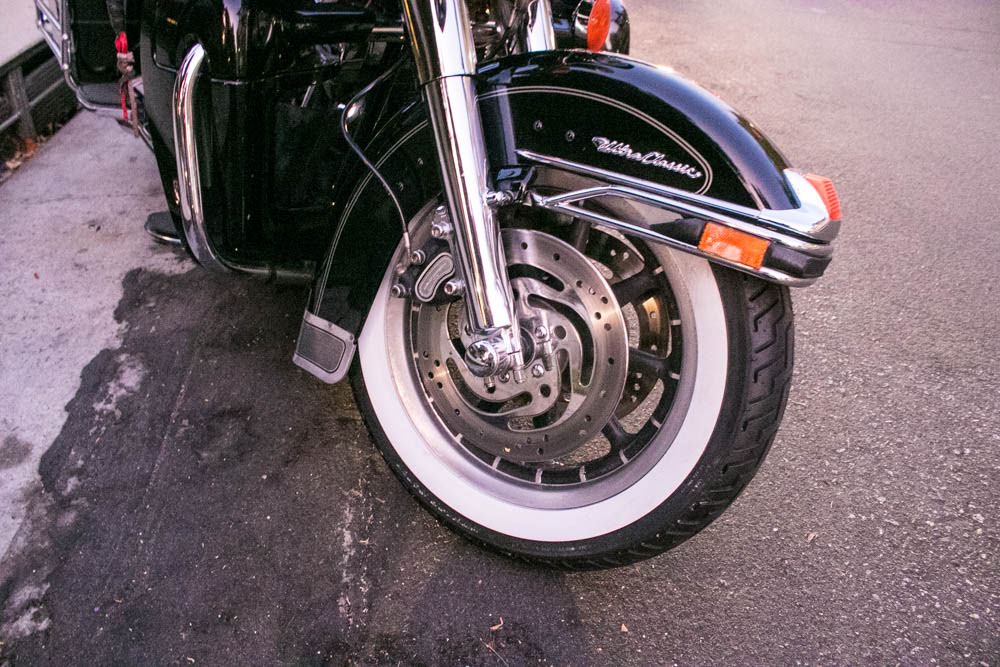Understanding Colorado’s Headlight Laws

Written by Matthew Weidinger

Driving safely in Colorado isn’t just about obeying speed limits or yielding at intersections—it’s also about being visible. Bright headlights are crucial in preventing accidents, especially when visibility is compromised. But many drivers don’t realize that specific state laws govern headlight use, and violating those laws can lead to fines or worse, cause a crash.
At Smith & Weidinger, PLLC, we know how critical these laws are for compliance and protecting your rights if you’re ever involved in a motor vehicle accident. As a trusted personal injury law firm serving Denver, Centennial, and beyond, we’re proud to offer legal guidance to victims of car accidents throughout Colorado. With our deep knowledge of local traffic laws and unwavering commitment to client success, we help you navigate complex legal situations, especially when negligence is involved.
What Are Colorado’s Headlight Laws?
Colorado’s headlight laws are outlined in the Colorado Revised Statutes (C.R.S. 42-4-204), which regulate when and how headlights must be used. These laws aim to ensure that all vehicles on the road are visible to one another, reducing the risk of collisions caused by poor visibility or inadequate lighting.
In short, these laws require drivers to use their headlights under specific conditions and set rules about what kinds of headlights are permitted on vehicles operated in the state.
When Are Headlights Required in Colorado?
According to Colorado law, headlights must be turned on under the following conditions:
- From sunset to sunrise
- When visibility is less than 1,000 feet due to weather conditions such as fog, snow, rain, smoke, or dust
- When driving through tunnels, regardless of the time of day
- In designated headlight-use zones, such as specific mountain passes or stretches of highway
Even if your motor vehicle has automatic running lights or fog lights, these often do not satisfy the legal requirement for full headlight use, particularly when taillights must also be visible. This common mistake can result in traffic infractions or contribute to accidents.
Failing to use headlights in low-visibility situations doesn’t just endanger every motor vehicle; it can also affect fault and liability if an accident occurs.
Types of Headlights Permitted in Colorado
Standard motor vehicles are allowed several headlights, but they must meet specific standards. Required lighting equipment includes:
- Standard Halogen Headlights: The most common type, offering sufficient brightness for typical conditions.
- LED Headlights: Allowed, as long as they are aimed correctly and not excessively bright.
- High-Intensity Discharge (HID) Headlights: Legal if they comply with federal lighting standards and do not emit distracting headlight colors such as purple or blue lights.
- Adaptive Headlights: These lights pivot as the steering wheel turns to illuminate around curves, and are fully permitted.
Colorado also requires that cars be equipped with at least:
- Two head lamps on each side of the front of the vehicle
- Proper alignment so headlights illuminate the road without blinding oncoming traffic
- Use of high beams and low beams per safety guidelines—high beams should not be used within 500 feet of an oncoming vehicle or 200 feet behind another vehicle. You must dim your high beams when approaching another vehicle.
Driving with broken or misaligned headlights or lights that don’t comply with state or federal guidelines can result in citations and liability issues in an accident.

Penalties for Headlight Violations in Colorado
Violating Colorado’s headlight laws is either a class A traffic violation or a class B traffic infraction, depending on which headlight law is being violated. Traffic infraction penalties for violating headlight laws may include:
- Fines typically ranging from $15 to $100
- Possible points on your driving record or driver’s license
- Increased insurance premiums
- Liability complications in an accident
While a single headlight violation may seem minor, the consequences can become far more serious if poor visibility contributes to a crash. In legal terms, this could be considered negligence per se, meaning the violation can be used to establish fault.
That’s why it’s essential to ensure your headlights are functioning properly and used according to the state’s headlight laws. And if you’re involved in a crash where someone else’s negligent headlight use played a role, legal guidance becomes even more important.
How Headlight Misuse Can Lead to Car Accidents
Improper use of illuminating devices is more than just a traffic violation—it can be a significant factor in causing or contributing to auto accidents. Some of the most common accident scenarios involving headlight misuse include:
- Rear-end collisions at night when red or amber lights on the back of the vehicle ahead aren’t illuminated. A critical safety feature is missing when rear lamps fail to show the amber light.
- T-bone accidents at intersections due to poor visibility in low-light conditions and bad weather.
- Sideswipe collisions on rural or poorly lit roads or during adverse weather conditions.
- Pedestrian accidents where drivers fail to see individuals crossing in low light.
Even during normal sunlight, twilight hours, when it’s not fully dark, failing to use headlights or broken or faulty headlights can make a vehicle nearly invisible to other drivers. This is especially dangerous in areas like Centennial and the Denver metro, where lighting conditions can change quickly due to weather or elevation, making it imperative that all drivers obey Colorado’s headlight laws.
Proper headlight use is not just a best practice—it’s a fundamental element of road safety. When drivers fail to follow these laws and cause an accident, they may be held legally and financially responsible for any resulting injuries or property damage.

How Smith & Weidinger, PLLC Can Help
If you’ve been involved in a motor vehicle accident where insufficient light use was a factor, you may be entitled to compensation, and Smith & Weidinger, PLLC, is here to help you fight for it.
Our legal team has extensive experience handling auto accident claims throughout Colorado, and we understand how traffic law violations like headlight misuse can affect liability and insurance claims. We do the following:
- Investigate motor vehicle accident scenes to determine visibility conditions and what lighting equipment was present
- Review crash reports, witness statements, and camera footage
- Work with accident reconstruction experts when needed
- Build strong claims that demonstrate how headlight misuse contributed to the motor vehicle crash
- Handle negotiations with insurance companies to pursue the full compensation you deserve
From medical expenses and lost income to pain and suffering and long-term care, we’ll fight to ensure that your damages are properly valued and that the responsible party is held accountable.
Stay Safe and Know Your Rights
Understanding and following Colorado’s headlight laws is one of the simplest ways to keep yourself and others safe on the road. It is essential to understand how bright headlights must be, the shades of white or amber lights, when to dim high beams, and whether or not custom headlights are allowed. But if you are in a motor vehicle crash where poor visibility or lighting violations played a role, don’t wait to get help.
Contact Smith & Weidinger, PLLC, today for a free consultation.
Note: The information provided in this blog post has been compiled from publicly available and secondary sources. While we strive for accuracy, some details may become outdated or contain inadvertent errors. If you believe any information is incorrect or requires updating, please contact Smith & Weidinger so that we may review and make the appropriate corrections.
Disclaimer: This blog post is for informational purposes only and is not intended as a solicitation for business. The photo used is not from the scene of the incident described. Viewing this content does not create an attorney-client relationship with Smith & Weidinger. If you have been injured in an accident, please seek immediate medical attention and then consult with a qualified attorney to discuss your legal rights and options.










